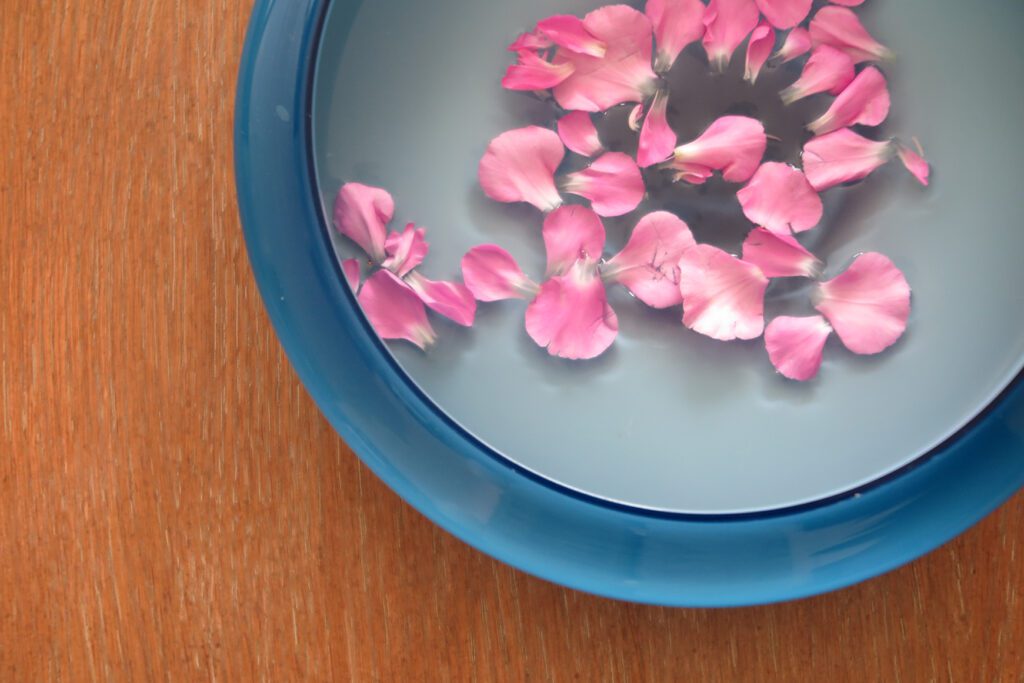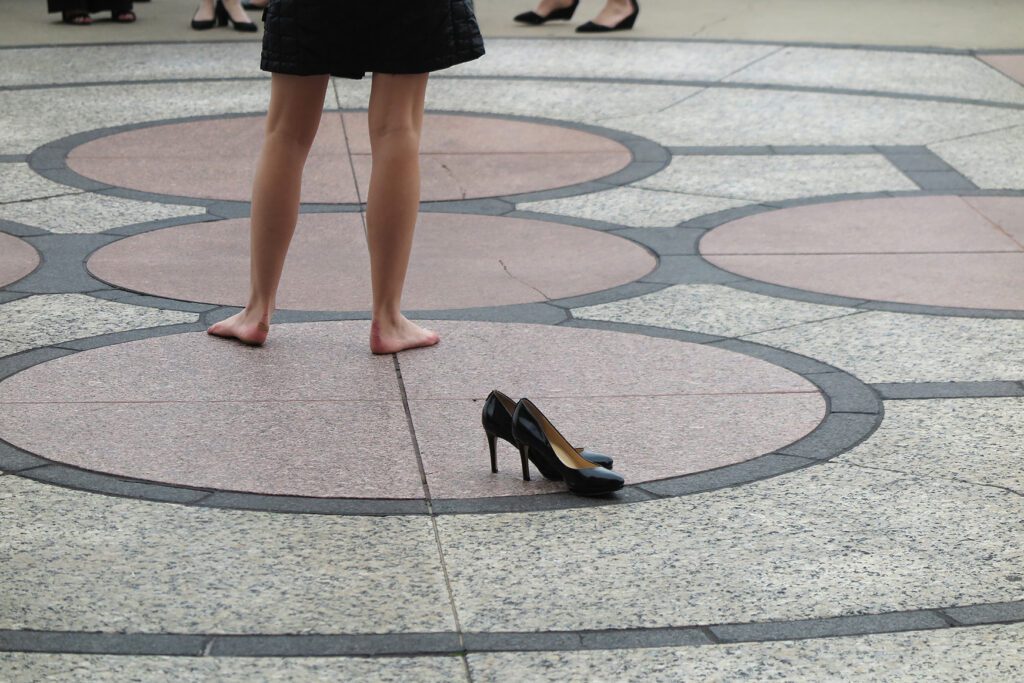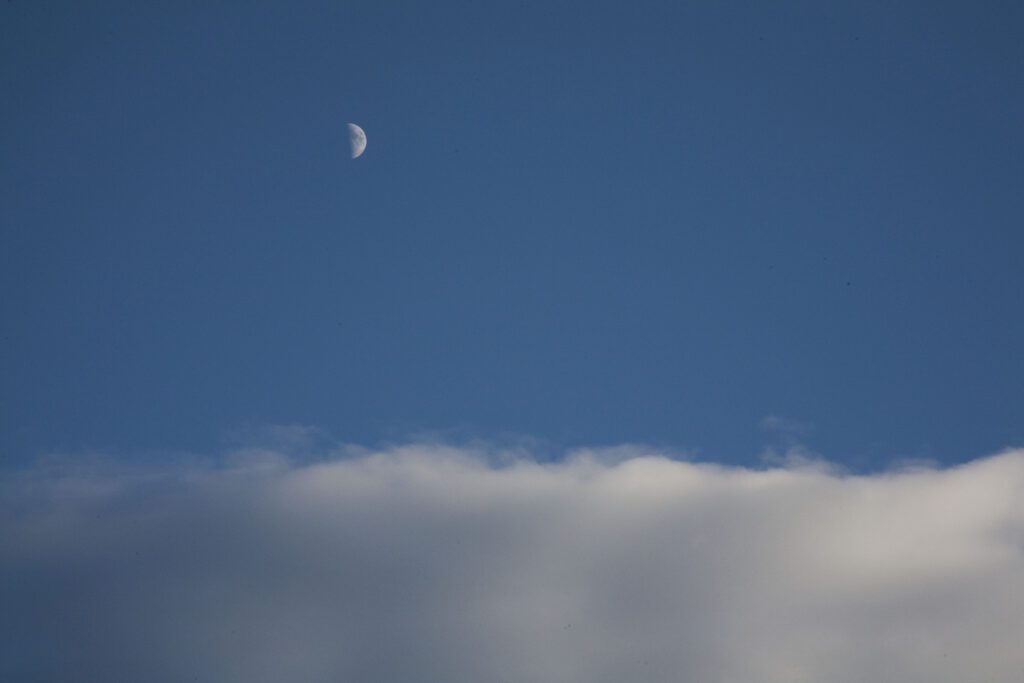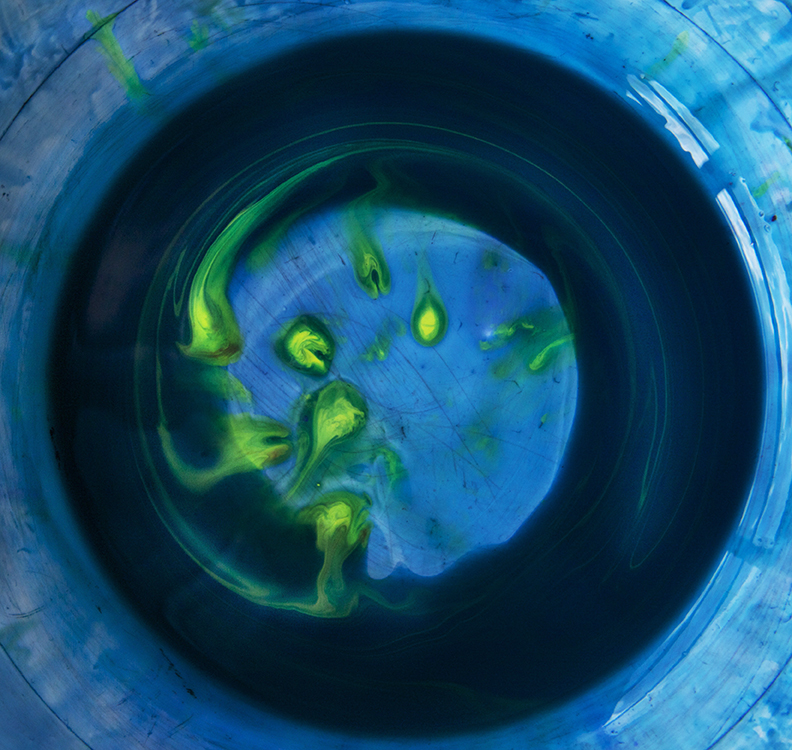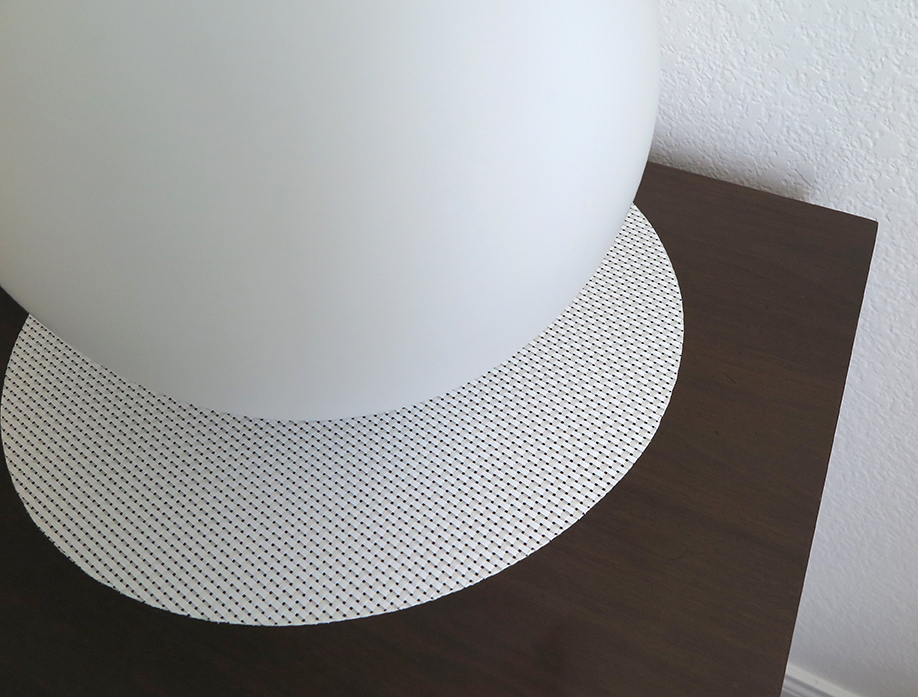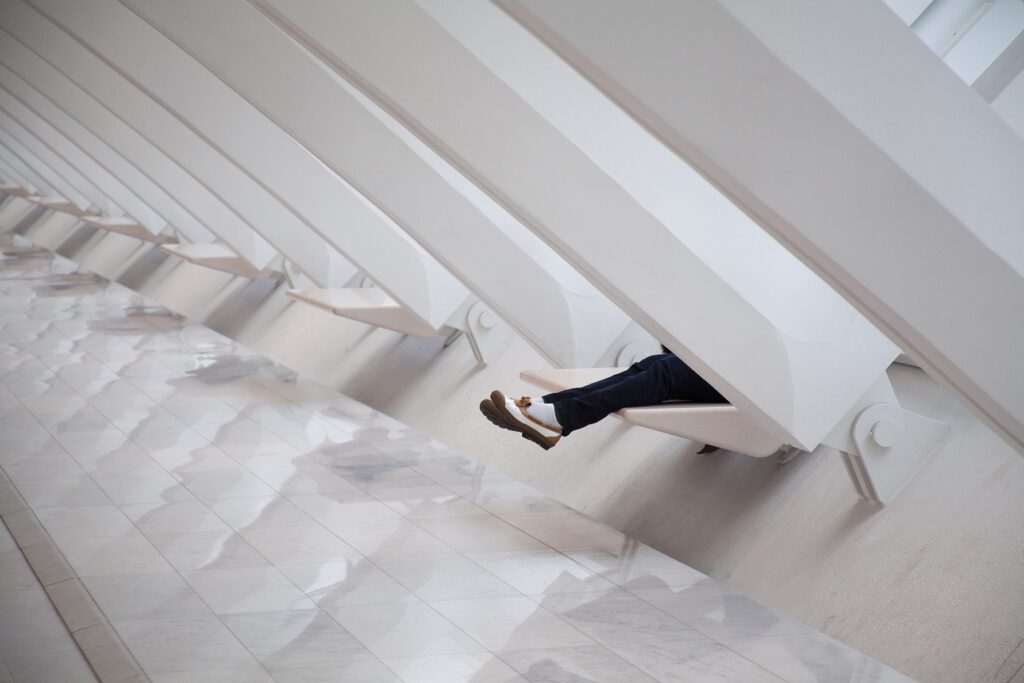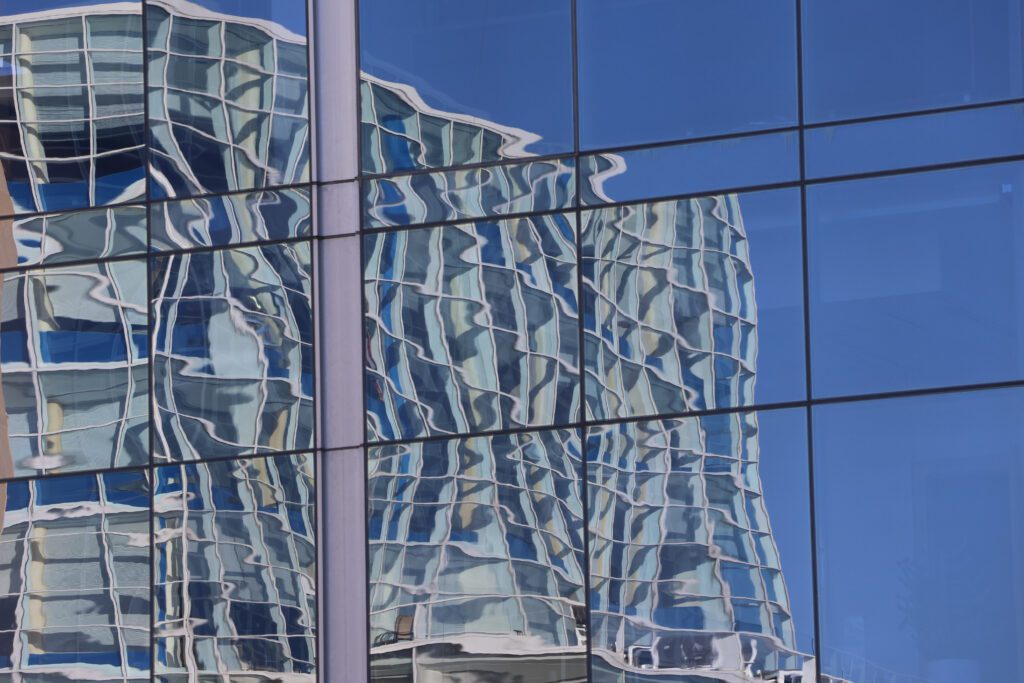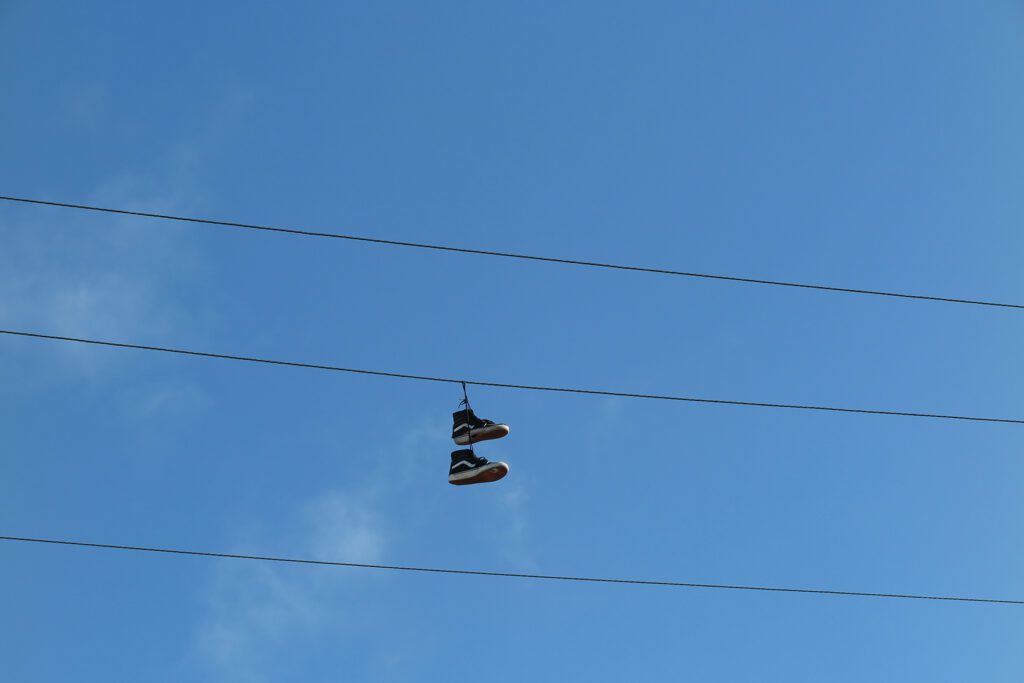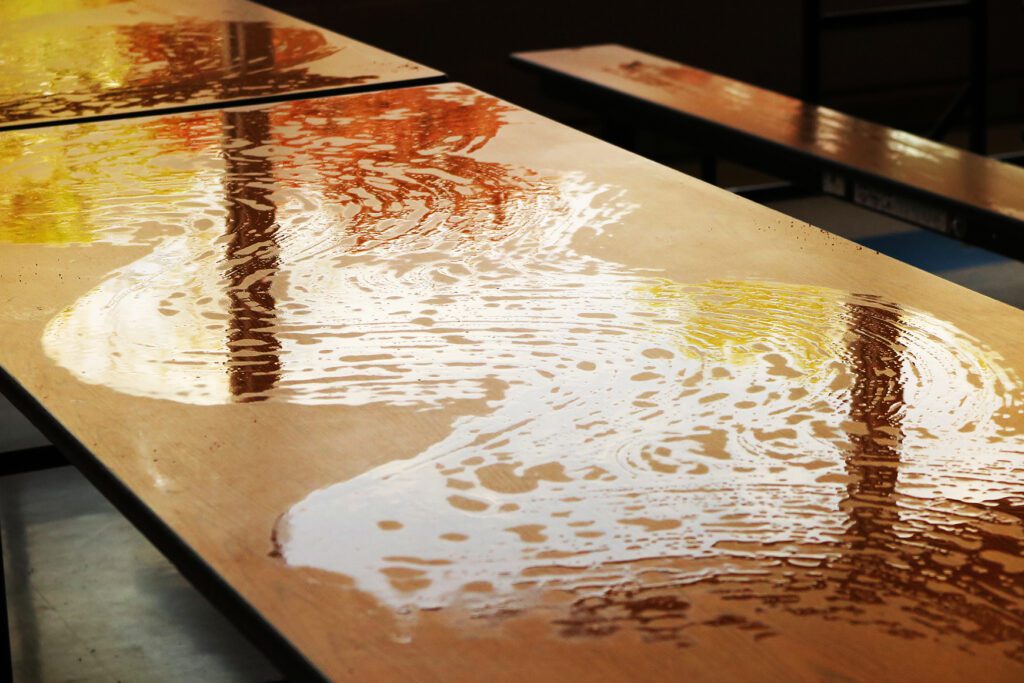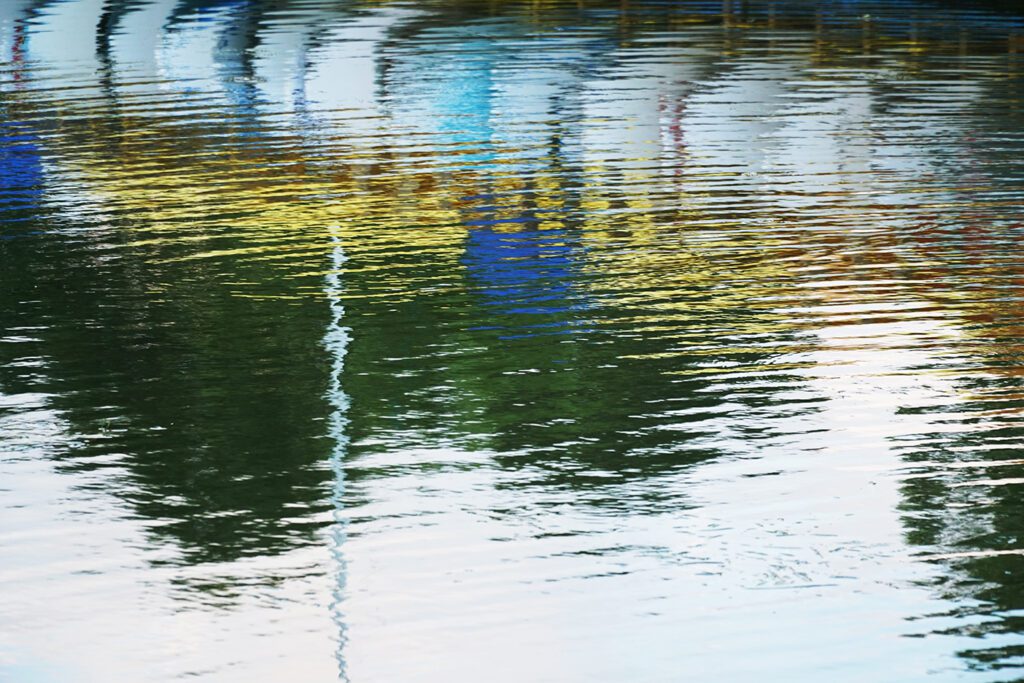Reflections on the practice of Miksang contemplative photography in my daily life
I welcome this opportunity to reflect on the practice of Miksang in my daily life. My name is Sandy Woytal-Weber. I live in Madison, Wisconsin.
Little did I realize I've been on this Miksang journey well before I even heard the term Miksang. I've had camera in my hand for well over 50 years, and I enjoyed studying the work of many photographers during the whole of the existence of photography.
And one of my favorite photographers was a French photographer. He was more of a photojournalist. Henri Cartier-Bresson. A quote of his, which I often use in classes when I teach, is his reflection on photography. But I think the quote doesn't just respond to photography, but I think it also reflects upon daily life.
The quote is, in whatever one does, there must be relationship between the eye and the heart. And I'm going to use a camera to demonstrate it, since that's what he was initially referring to. With a one eye that is closed, one is looking within. And with the eye that is open, one is looking without. So, in essence, it's the inner and the outer world coming together. The inner and the outer world.
To other photographers which work was very different than Henri Cartier-Bresson's was. Minor White and John Daido Lori and John Daido. Lori is a Zen Buddhist Roshi, and both of their work, I'd say simple, and yet was very profound at the same time. And John Daido described his photography as contemplative. And I just never connected contemplative with photography. So I began researching on the Internet, contemplative photography practices, classes, and I came across a class, a five day class in Boulder, Colorado. And I love the mountains and I love photography, two of my favorite worlds. So I went off to Boulder to take this class, and it turned out to be a mixong level one class. And it was very profound. The visual exercises and assignments were like nothing I've ever experienced before.
I found that when I returned to Madison, my photography was expanding visually in a very different way. I was beginning to pay attention and see everyday things that I just simply never noticed before. It was very unusual experience, and I began to actually feel like I was experiencing what the class spoke about in terms of a term called flash of perception. Up until that point, it had just been one of the stages that they spoke about of the practice, but it wasn't something I was experiencing. But over time, I began to have more of these times where I would stop and pause and be stopped by something going on in the moment.
So about two years later, I had the opportunity to go back to Boulder and take another five day course. And this was level 2 Miksang. When I returned to Madison, I just wish I would have the opportunity to continue this practice and not necessarily have to travel in order to have a more consistent practice. And little did I know that right here in Madison were two teachers. Well, really, one living here in Madison and one living in Canada. John McQuade, the co founder of Miksang Contemplative Photography, lives in Canada. And he would often come to Madison and join forces with Miriam Hall, who lives here in Madison. And I've had the opportunity to take courses from the two of them together and also individually with Miriam and then with John via the intranet. And that has been just a wonderful experience. And even though I don't get to see the two of them very often at this point, I always feel their presence and feel their spirit in my work. And I'm very grateful to them for the support they give in my practice and help me to continue to grow.
One of the questions I was asked to answer for this interview was how has Miksang affected my life?
And I would say I'm more aware of the moments when my mind slows down and I pause to just be present, to be visually present to what is called a visually fresh moment. And I've been finding ways to stay longer with those moments and not be distracted. And I'm finding that the more stillness I have, the more I'm able to see. And it's like the practice when I'm practicing meditation, when I'm sitting meditation and my mind wanders, I bring myself back to my breathing. In the practice of Mixung, when I'm out practicing, I often find myself wandering, my mind wandering off and making judgments, which is just very common for me in the practice. I bring myself back to scene, to being present to that fresh moment that originally stopped me and trying to stay with it.
So the practice is really about recognizing the thinking mind, the judging mind, and coming back to scene, recognizing thinking, coming back to scene, thinking, coming back to scene. That's the practice. And it's really a joyful experience because every moment is fresh and new. It can't be repeated, and it's very magical. So that's the experience I have in this practice and it's always changing. So I'd like to share with you some of my visual perceptions over the course of my study of Miksang.

